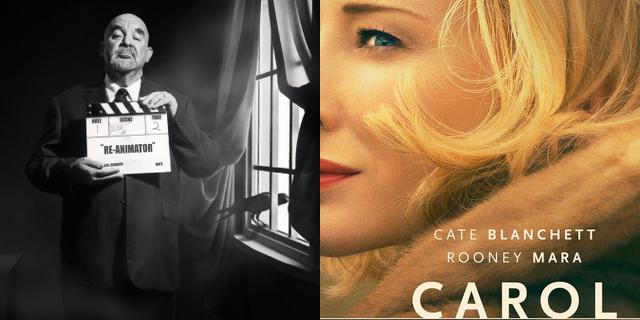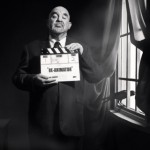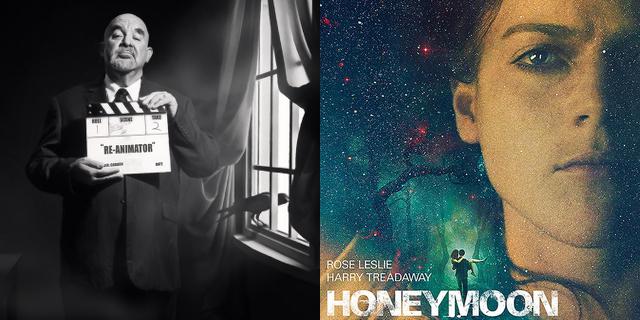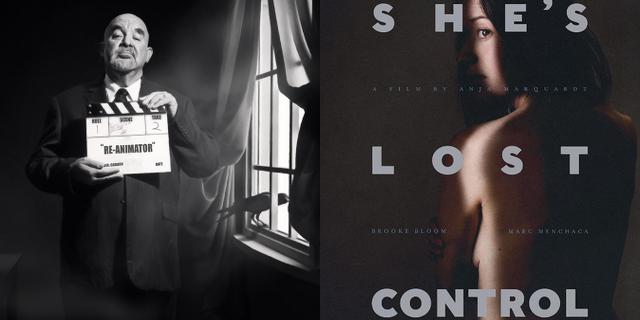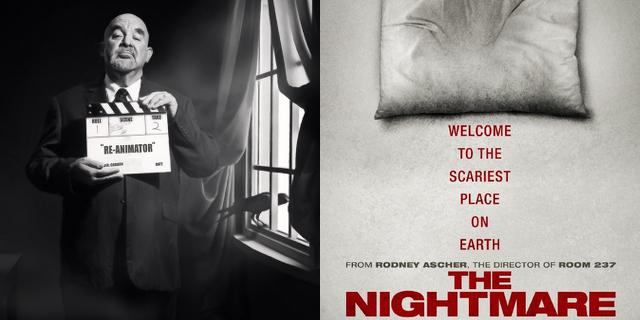A few years ago I became obsessed with the writings of Patricia Highsmith. I think it began when I caught the ending of Anthony Minghella’s terrific film The Talented Mr. Ripley on Turner Classics and bought a copy of the novel to see what I had missed. I quickly learned that the movie had cleaned up a number of story details in an effort to make the title character, played by a young Matt Damon, more sympathetic. Ms. Highsmith, I could see, wasn’t the slightest bit interested in such niceties, and her acid-penned writings are still shocking in their amoral brutality.
I hungrily devoured every Highsmith book I could get my hands on and eventually found myself reading The Price of Salt, which has recently been adapted into the film Carol, directed by Todd Haynes. Highsmith wrote it while still flush from the success of her first book, Strangers on a Train, which had been turned into a hugely popular film directed by Alfred Hitchcock. So it must have been quite a blow when her publisher, Harper & Brothers, turned it down. Tit-for-tat murders are clearly acceptable, while same-sex love affairs are not.
Unlike her thrillers, The Price of Salt is semi-autobiographical and tells the story of a relationship between a shop girl and an elegant divorcee. Highsmith based the set-up on a true event. In 1948, while in her early twenties, she worked at a temp job in Bloomingdales’ toy department during the Christmas rush. She waited on a beautiful older woman who had purchased a doll. Pat was so taken with this customer that, using the shipping information, she stalked the woman, taking a bus to the lady’s New Jersey address where she waited outside, standing in sub-freezing temperatures, in the hope of another meeting. According to her detailed notebook/diaries (that she referred to as her “cahiers”), she never saw the woman again.
But several years later, after the success of Strangers, and while suffering from a bad case of the chicken pox, she wrote a feverish outline, basing much of the story on her relationship with another woman, Virginia Kent Catherwood, a Philadelphia socialite. Catherwood’s husband was divorcing her and taking custody of their child after using a private detective to secretly record Virginia’s assignations with her female lover.
Patricia Highsmith was fed up with tragic tales of doomed lesbian love affairs in which the poor women had no choice but to kill themselves. High on her hate-list was Lillian Hellman, whose play The Children’s Hour Highsmith loathed.
After its rejection by her publisher, she was forced to put The Price of Salt aside but it was ultimately published a few years later, first as a hardcover by Coward-McCann and then as a 25-cent Bantam paperback. Considered scandalous, it sold more than a million copies. Due to the nervousness of her agent, Highsmith did not even use her own name as author and instead had published under the nom de plume Claire Morgan.
Now that gay marriage has finally been legalized by the Supreme Court, the film version of The Price of Salt, now entitled Carol, has become a record of the sins of our collective past, and is presented as a lovingly made period piece. Director Todd Haynes and his production designers, costumers, set decorators and prop department have gotten all the details exactly right. I was amazed to see the Cape Cod Room of Chicago’s Drake Hotel rising again just as it was sixty-some years ago. (Am I showing my age?)
The performance by Cate Blanchett as the sophisticated title character perfectly captures the inner turmoil of this harried woman who, in an effort to prevent her husband from seizing her child, has been forced to undergo Freudian therapy to “cure” her gayness. But Rooney Mara as Therese, the young shop girl who dreams to be a photographer, is a revelation. With a grace and fragility reminiscent of young Audrey Hepburn, she captures the audience’s heart as easily as she gains Carol’s. And I’m sure it’s no accident that she bears an uncanny resemblance to a young Patricia Highsmith.
Phyllis Nagy’s script is amazingly faithful to the novel. And the scenes she has created, such as Carol’s agonizing attempt to get her husband and his lawyer to agree to shared custody of their child, are powerful additions.
And let’s not forget Todd Haynes. Over the years this excellent director has carved out a unique niche for himself. By examining the foibles and prejudices of the past, he has reminded us that we really haven’t come as far as we thought. And he gets us to care about his characters who, through no fault of their own, find themselves breaking the unbending rules of a flawed society in their search for personal happiness.
I think Highsmith would approve.



